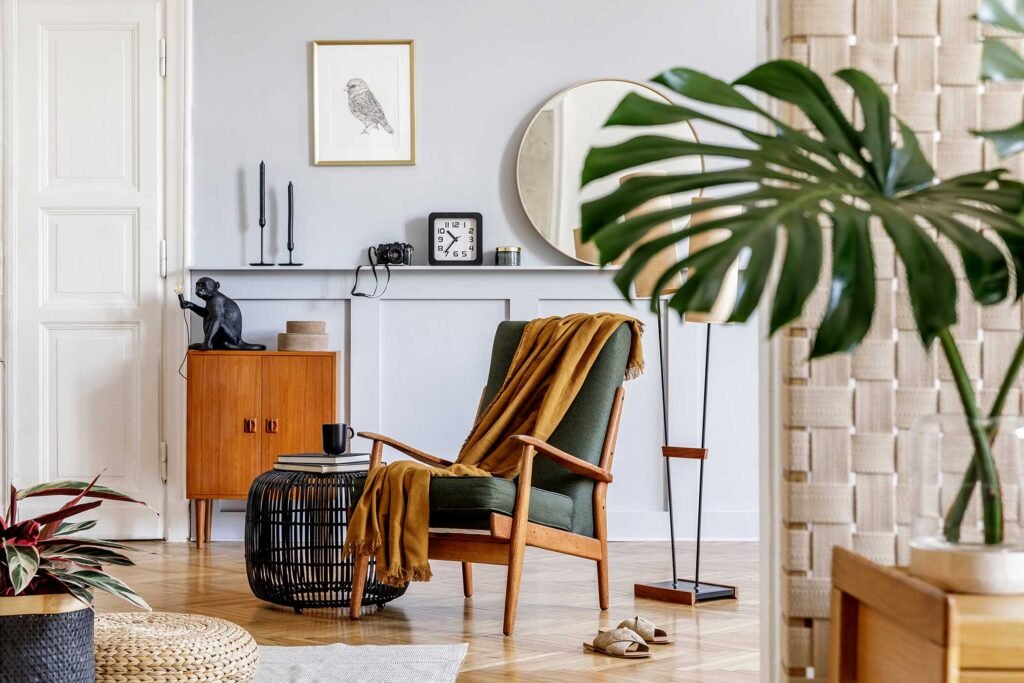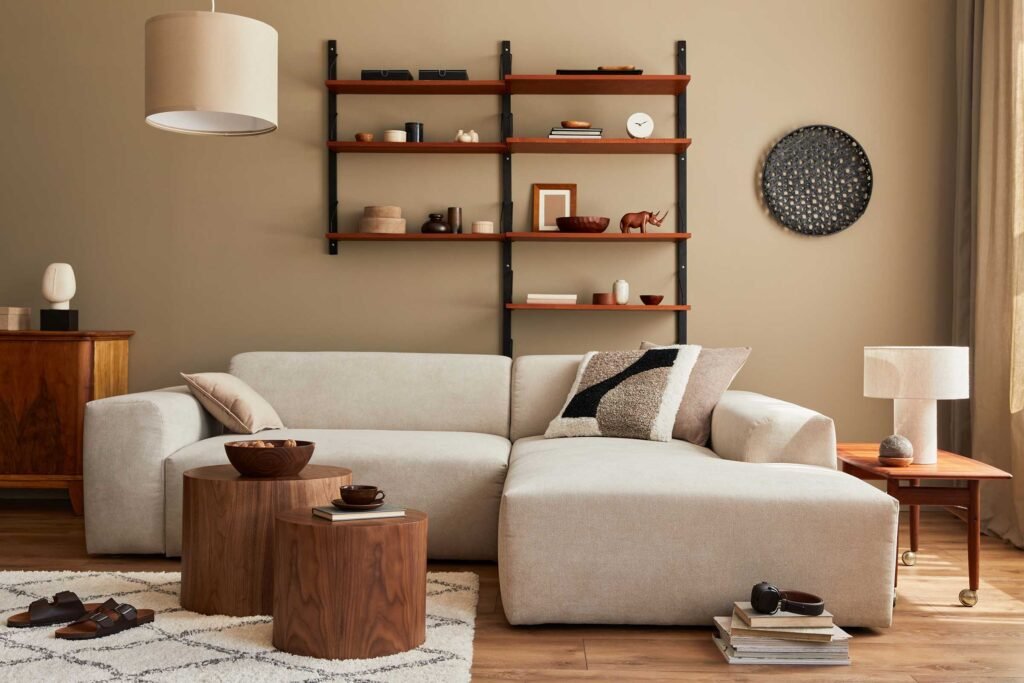What all things you should tell your interior designer?
- Home
- Blog

November 25, 2023
Blog
What all things you should tell your interior designer?
Communicating effectively with your interior designer is crucial to ensure that your vision, preferences, and requirements are accurately translated into the final design. Here are some key things you should discuss with your interior designer:
1. Your Goals and Expectations:
- Clearly articulate your goals for the project. What do you want to achieve with the new design? Whether it’s creating a more functional space, updating the style, or accommodating specific needs, providing clear objectives helps guide the design process.
2. Budget:
- Discuss your budget constraints openly and honestly. This information is essential for the designer to make appropriate choices in terms of materials, furnishings, and other design elements.
3. Lifestyle and Habits:
- Share details about your lifestyle, daily routines, and habits. This information helps the designer create a space that not only looks good but also functions well for your specific needs.
4. Personal Style and Preferences:
- Communicate your personal style and aesthetic preferences. Share examples of designs, colors, and styles that you like, as well as those you dislike. This will give the designer insights into your taste and help them tailor the design to your liking.
5. Functional Requirements:
- Discuss how you plan to use each space. For instance, if you’re redesigning a living room, talk about whether it’s primarily for entertaining, relaxation, or family activities. The designer can then plan the layout and choose furnishings accordingly.
6. Must-Have Elements:
- Identify any specific elements or features that are must-haves for you. This could include particular furniture pieces, color schemes, or design elements that hold sentimental value or are essential to your vision.
7. Timeline:
- Be clear about your timeline expectations. Whether you have a specific deadline or prefer a phased approach, communicating your time constraints helps the designer plan the project accordingly.
8. Color Preferences:
- Discuss your color preferences, including any specific color palettes you love or colors you’d like to avoid. This information is crucial in determining the overall color scheme of the design.
9. Storage Needs:
- Communicate your storage needs and preferences. Whether it’s additional closet space, built-in shelving, or multifunctional furniture with storage solutions, the designer can incorporate these elements into the plan.
10. Special Considerations:
- Inform the designer of any special considerations, such as allergies, accessibility requirements, or specific materials you prefer or need to avoid.
11. Existing Items:
- If you have existing furniture or decor items that you would like to incorporate into the new design, let your designer know. They can work with these existing elements to create a cohesive look.
12. Communication Preferences:
- Establish how you prefer to communicate with your interior designer—whether it’s through emails, phone calls, or in-person meetings. This helps streamline communication and ensures that you stay informed throughout the project.
Remember that open and honest communication is key to a successful collaboration with your interior designer. The more information you provide, the better equipped they will be to create a design that meets your expectations and suits your lifestyle.



Let’s Work!
Interior designing & build

312, B2B Agarwal business center, D’Monte Lane, kanchpada, Malad West, Mumbai, Maharashtra 400064









